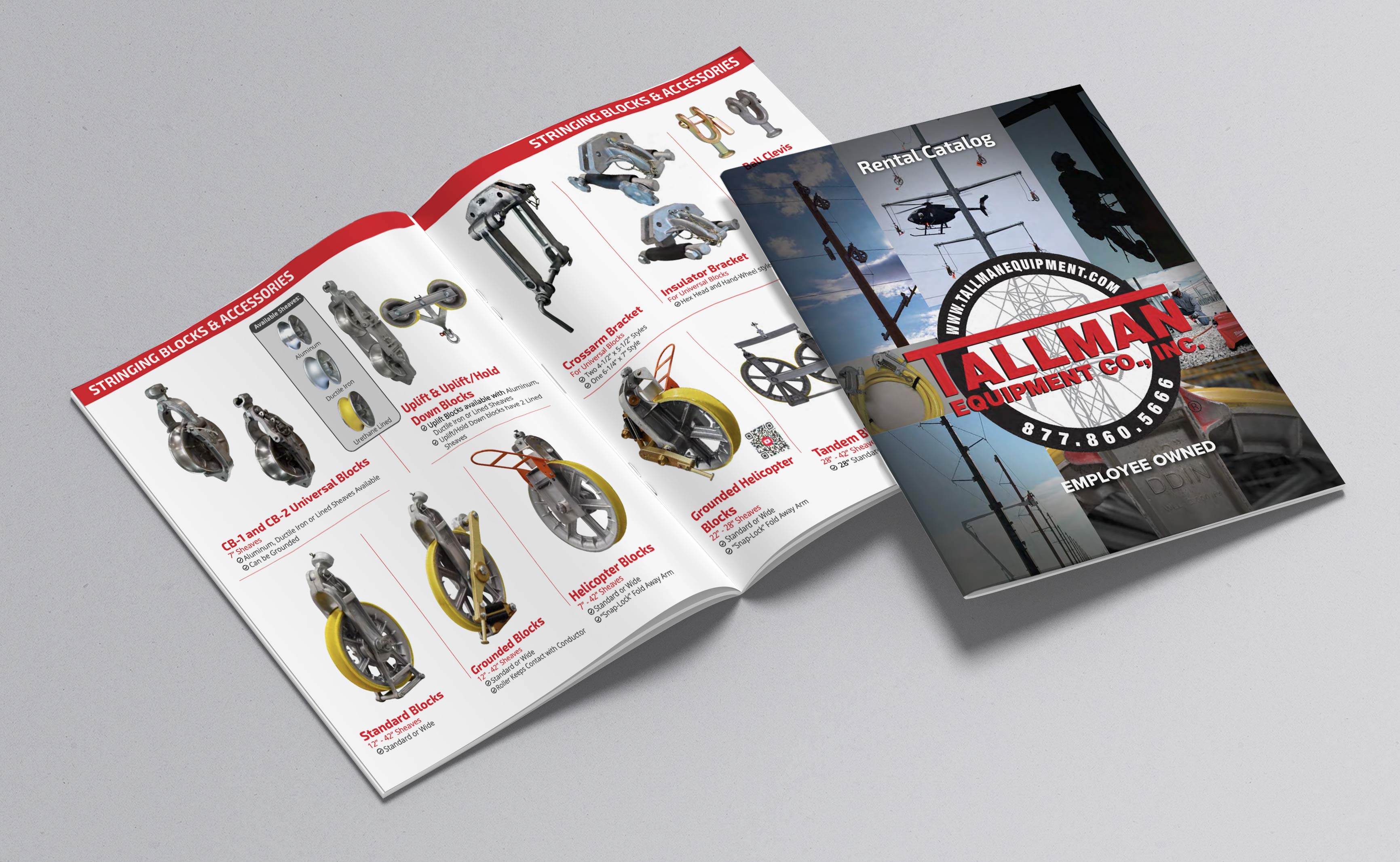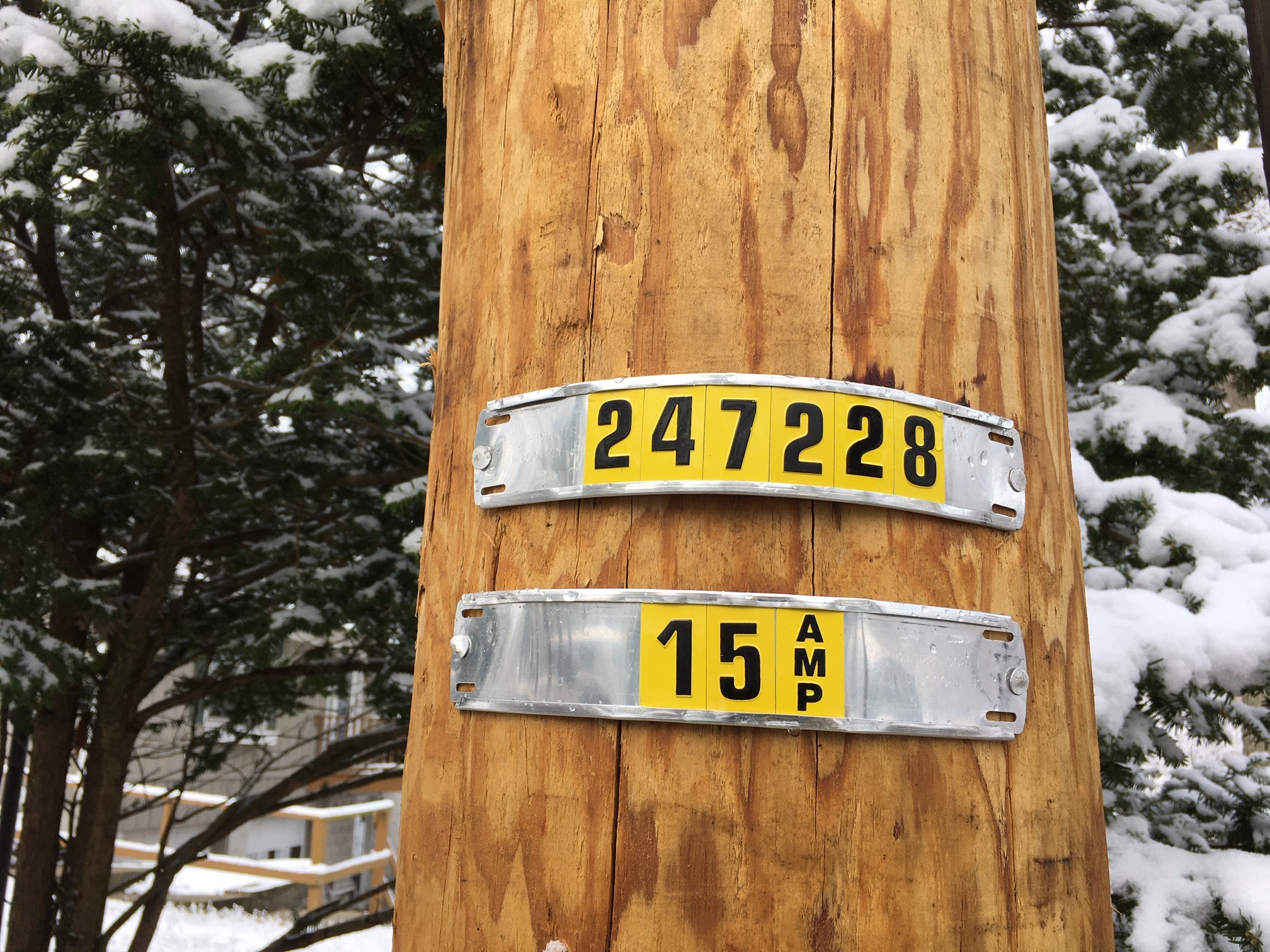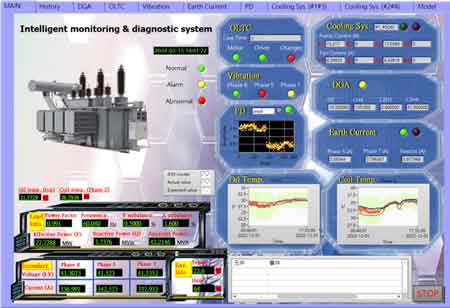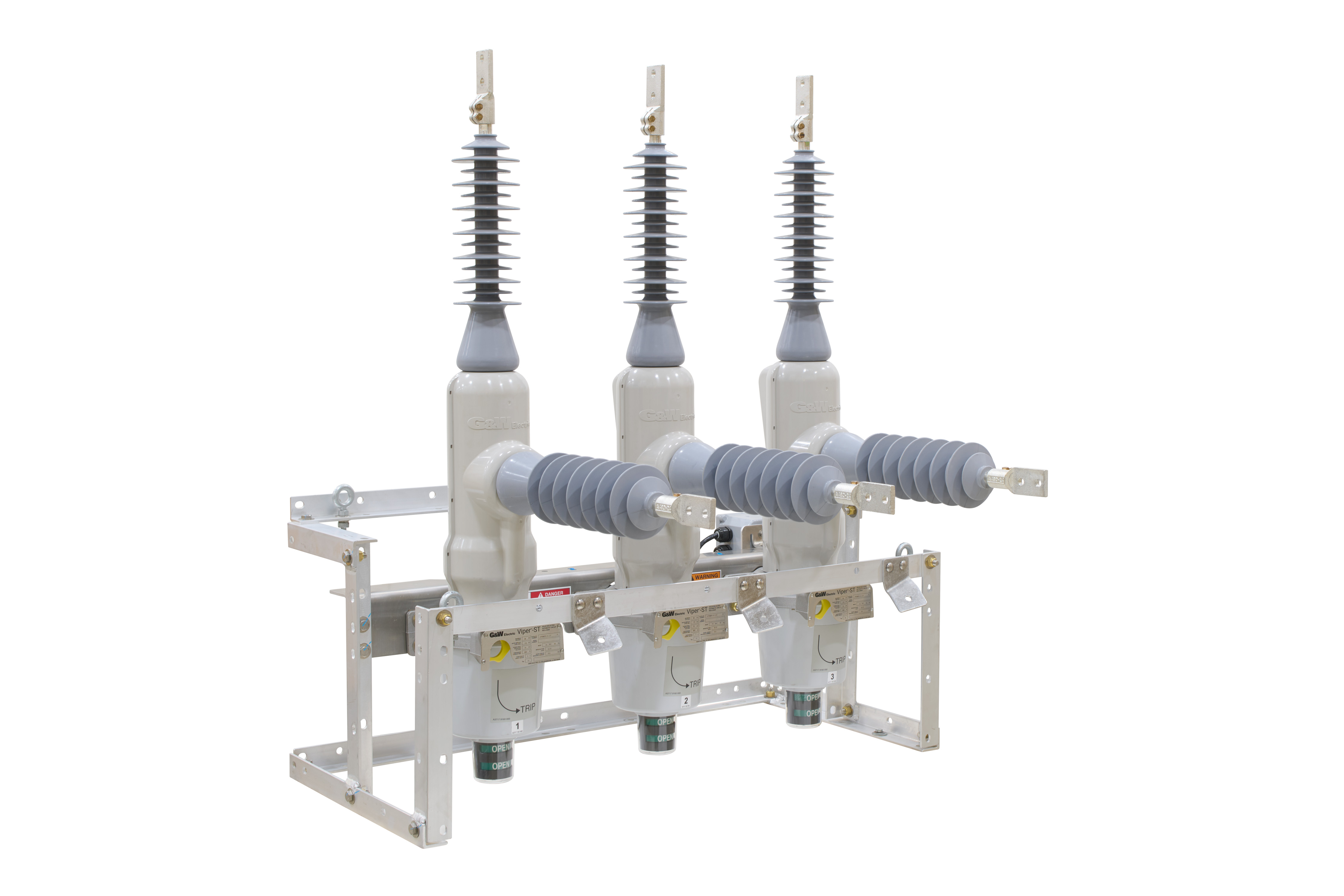Surge Protection Devices for Elevators Explained
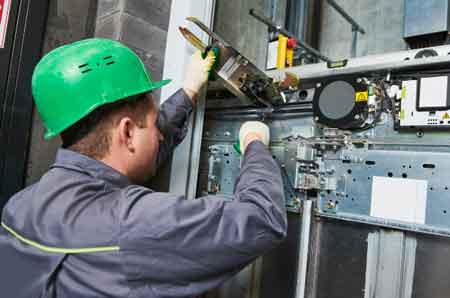
Protective Relay Training - Basic
Our customized live online or in‑person group training can be delivered to your staff at your location.

- Live Online
- 12 hours Instructor-led
- Group Training Available
Download Our NFPA 70E Fact Sheet – 2024 Electrical Safety Edition
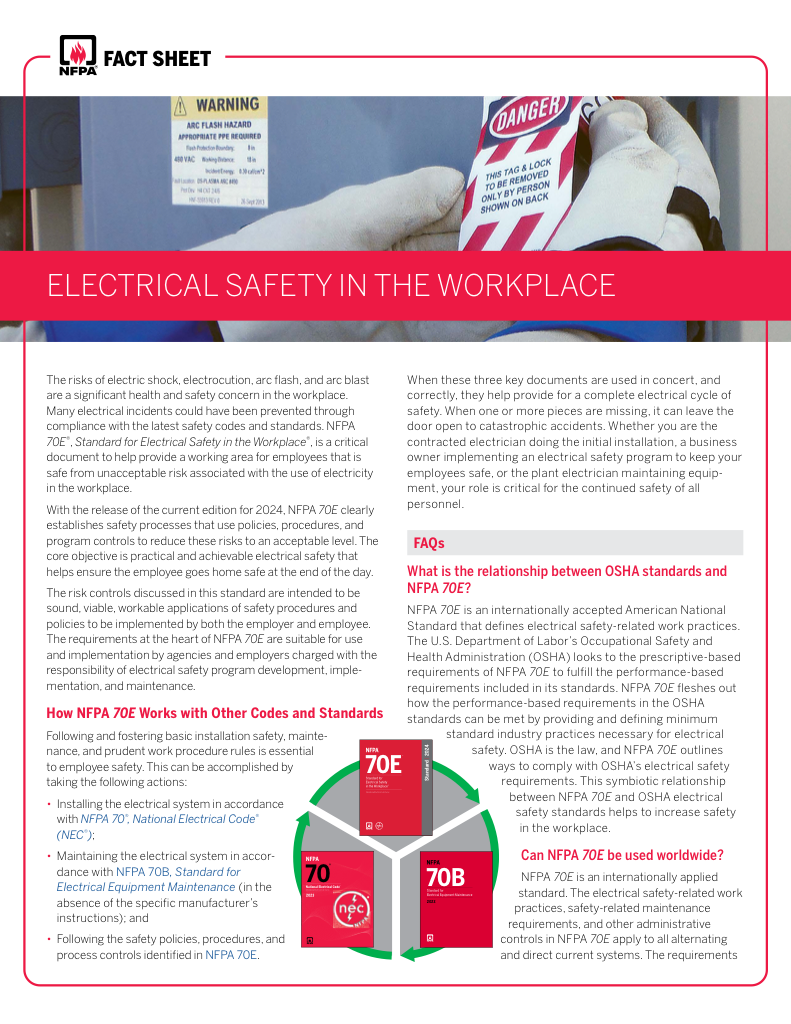
- Understand how NFPA 70E works with NEC and NFPA 70B standards
- Clarify the shared responsibility between employers and employees
- Learn how NFPA 70E supports OSHA compliance
A surge protection device for elevators safeguards control systems, motors, and electronics from voltage spikes. It ensures reliable performance, minimizes downtime, and extends equipment life by preventing damage from electrical surges caused by lightning or power fluctuations.
What is a Surge Protection Device for Elevators?
✅ Protects elevator motors, control panels, and wiring from damaging voltage spikes
✅ Reduces elevator downtime by preventing surge-related failures
✅ Extends the life of elevator components and improves operational safety
Power Quality Analysis Training
Request a Free Power Quality Training Quotation
Surge protection is crucial for safeguarding elevator systems against electrical damage resulting from voltage spikes and transients. Modern elevators rely on complex electronic controls, making effective system protection essential to prevent failures and ensure passenger safety.
Elevators rely on complex control systems and sensitive electronic components that are vulnerable to electrical surges, which can result in costly downtime, increased maintenance, and equipment failure. By installing the right protection device, you can ensure that your elevator operates efficiently, safely, and with minimal disruptions. In this article, we explore the importance of protection for elevators, how it works, and why choosing the right device is essential for long-term system reliability. For a comprehensive understanding of electrical protection mechanisms, including surge protection, explore our guide on Short Circuit Protection.
Other terms for electrical surges include:
-
Voltage Surge: This is a general term for an unexpected increase in voltage.
-
Transient Voltage: This term highlights that the surge is a brief, temporary event.
-
Overvoltage: This term refers to a voltage level that exceeds the normal operating range.
-
Energy Spike: This term describes the sudden, rapid increase in electrical energy.
-
Voltage Spike: This term specifically refers to a short, sharp peak in voltage.
Electricity Today T&D Magazine Subscribe for FREE

- Timely insights from industry experts
- Practical solutions T&D engineers
- Free access to every issue
Electrical surge protection is crucial for ensuring the safe and reliable operation of elevators. Given the complexity of modern elevator systems, which rely on sensitive electronic components, surge protection devices (SPDs) play a crucial role in protecting these components from damage. Frequent spikes, including low-level transient voltage events, can lead to recurring failures, increased maintenance costs, and even complete system shutdowns. This article will examine the importance of surge protection, how to select the right SPD, and the key factors to consider for maintenance and replacement.
Surge protection for elevators is essential to ensure the reliable performance of elevator controls and prevent costly downtime. Modern elevator systems are equipped with sensitive electronic components that can be severely affected by voltage spikes, making a surge protector a critical safeguard. These protective devices help maintain uninterrupted operation, particularly in commercial and high-rise buildings, where safety and efficiency are of paramount importance. Just like elevators, escalators moving continuously throughout the day are also vulnerable to transient surges, which can disrupt control systems and motors. Installing surge protection for elevators and escalators not only protects valuable equipment but also enhances the overall safety and dependability of building transportation systems. To enhance your knowledge on power quality and its impact on electrical systems, consider our insights on Power Quality, which discuss various factors affecting the efficiency and reliability of electrical equipment. In addition to surge suppression, overcurrent protection plays a critical role in safeguarding elevator motors and wiring against excessive currents.
Elevator Surge Protection Quick Guide
| Risk | Impact on Elevators | SPD Solution | Benefit |
|---|---|---|---|
| Voltage spikes | Control system damage | Surge protection device | Prevents downtime |
| Transients from VSDs | Random failures | SPD with transient filtering | Improves reliability |
| Lightning strikes | Motor/electronics burnout | High-capacity SPD | Protects safety & equipment |
Frequently Asked Questions
Why Is Surge Protection Important for Elevators?
Elevators are equipped with advanced control systems that regulate the lift's movement. These systems are vulnerable to voltage spikes caused by various factors, including lightning strikes, switching, or transients from other machinery in the building. A surge protection device can prevent costly damage to critical components, such as human-machine interfaces (HMIs), sensors, and control panels.
Without adequate protection, spikes can lead to downtime, higher maintenance costs, and increased energy usage. Moreover, failure of key components can cause the entire elevator system to malfunction, potentially creating safety hazards for passengers. Surge protection ensures that the safety, robustness, and quality of the elevator system are maintained over time. See: What is Surge Suppression?
What Type of Surge Protection Device Is Best Suited for Elevator Systems?
Choosing the right surge protection device for elevators depends on the system’s specific requirements. Surge protective devices (SPDs) designed for low-level transients are often recommended, as elevators can experience these spikes frequently due to variable speed drives (VSDs). These events may not be strong enough to immediately damage equipment, but can degrade it over time, leading to recurring random failures.
When selecting an SPD, it is essential to consider elevator safety, robustness, and quality. Opting for a sophisticated transient protection system can help eliminate these events, improving the elevator's reliability. The balance direction of the system, rather than just focusing on energy release, should also be a key consideration when choosing an SPD. Reliable surge protection devices must also be paired with proper grounding and bonding to safely divert harmful energy away from sensitive elevator components.
How Does a Surge Protection Device Protect an Elevator's Electrical Components?
An SPD is designed to divert excess electrical energy away from sensitive components by providing an alternate path for the current to flow. This prevents surges from overwhelming control systems, elevator safety features, and other vital components. In the event of a spike, the protector quickly activates, releasing it in the form of heat or diverting it to the ground, thus preserving the integrity of the elevator's systems.
FREE EF Electrical Training Catalog
Download our FREE Electrical Training Catalog and explore a full range of expert-led electrical training courses.

- Live online and in-person courses available
- Real-time instruction with Q&A from industry experts
- Flexible scheduling for your convenience
For elevators equipped with variable speed drives, selecting a surge protection device that can handle the increased frequency of low-level spikes is crucial. Such devices can eliminate downtime and reduce energy costs by feeding otherwise wasted energy back into the building's electrical system. Understand the importance of grounding in electrical systems by visiting the page on Grounding and Bonding, which is essential for the safe operation of surge protection devices.
What Are the Common Signs That an Elevator Needs a Surge Protection Device?
Several signs may indicate that an elevator system requires surge protection. These include:
-
Frequent system failures or lockups, often triggered by transients
-
Unexpected downtime, especially in systems using VSDs or sophisticated control panels.
-
Random deprogramming of control settings, such as those experienced in human-machine interfaces (HMIs).
-
Increased maintenance costs, which could be linked to surge-induced damage.
-
Unexplained power fluctuations, especially during storms or heavy electrical use in the building.
These symptoms indicate that the elevator’s electrical components are being affected by voltage spikes, and an SPD should be installed or upgraded to prevent further damage.
How Often Should Surge Protection Devices for Elevators Be Inspected or Replaced?
Routine inspection of surge protection devices is crucial to ensure continued protection for elevators. SPDs should be inspected during regular maintenance checks to assess their condition and ensure they are functioning properly. Factors such as transients or nearby lightning strikes can wear out the SPD over time, thereby reducing its ability to protect the system.
It is generally recommended that SPDs be replaced every five to ten years, or sooner if there are indications of damage or diminished performance. Regular inspections can help identify any issues early, ensuring that surge protection continues to offer the necessary protection.
Surge protection devices are indispensable for maintaining the safety, reliability, and energy efficiency of modern elevator systems. By selecting the right surge protection devices, monitoring their performance, and replacing them as needed, building managers can significantly reduce downtime, prevent costly repairs, and extend the lifespan of elevator equipment. Investing in sophisticated transient protection systems tailored to the specific needs of elevators is essential for ensuring the smooth operation of lift systems and minimizing disruptions.
For information on protecting sensitive electronic equipment from voltage spikes, read our article on Electrical Surge Protection, which complements the discussion on elevator surge protection devices.
Related Articles






